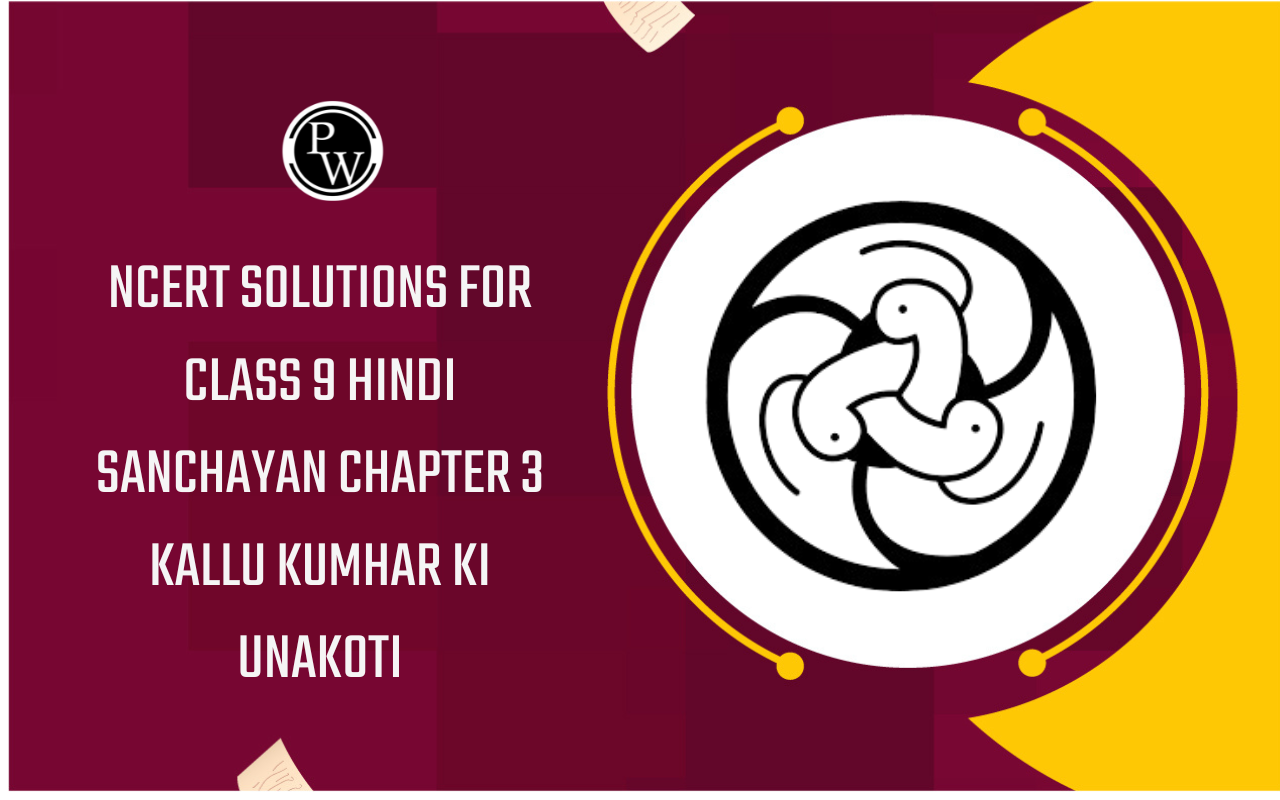
Countercurrent Mechanism - Urine Formation
Aug 09, 2023, 16:45 IST
If you are looking for Mechanisms involved in Urine Formation, you have come to the right place!
We'll discuss the countercurrent mechanism in this article. The body's fluid balance is preserved through the countercurrent mechanism. When two fluids move in opposing directions through a single conduit, the process takes place. Blood flows in the opposite direction from blood flowing via arteries through the veins and arteries of the body. This technique prevents the blood from being either too diluted or highly concentrated.
Introduction
A few things are quite natural and crucial to the functioning of the human body. One of these is the discharge of urine. Numerous internal bodily systems, including the circulatory, respiratory, excretory, digestive, etc., will continue to function. This causes a significant amount of fumes and heat to be released. By consuming increasing amounts of water, all of these can be decreased and stabilized. This water aids in maintaining body temperature prevents dehydration and aids in the removal of concentrated gases and waste materials through urination. Urine is only formed due to the countercurrent mechanism.
Describe Countercurrent Mechanism
- A physiological system called the countercurrent mechanism aids in the body's equilibrium. The process occurs when two fluids with varying concentrations of a certain ingredient flow in opposition via a network of tubes or pipes. As a result, the molecules in the two fluids begin to interchange until their concentrations get equal slowly.
- The kidneys' countercurrent mechanism controls the amount of salt and other chemicals in the blood. When blood enters the kidneys, the procedure starts. The renal tubules are a network of tubes through which the blood travels. Cells that absorb salt and other chemicals from the bloodline are the renal tubules. The bladder then receives the substances that were absorbed.
- Salt and other chemical concentrations in the blood are maintained using the countercurrent method. The procedure starts as soon as blood enters the kidneys. Through a network of tubes known as renal tubules, the blood circulates. Salt and other chemicals from the blood are absorbed by cells that line the renal tubules. The bladder then receives the absorbed molecules.
Also, Check - Coronary Artery Disease
Types of Counter-Exchange Systems
The purpose of all three exchange systems is to move fluid from one current flow to another. The flow's direction is the only thing that differs. For instance, the recent exchange transmits the fluid similarly, the countercurrent exchange mechanism does the reverse. The three types of counter-exchange systems are as follows:
- Countercurrent exchange
- Current exchange
- Contra-current exchange
Also Check - Control And Coordination
Steps in a Countercurrent Mechanism
The countercurrent mechanism can be described in a few simple stages. The list is as follows:
- When salt, potassium, and chloride are absorbed from the water by the thick ascending limb, a part of the Henle loop, it considerably aids in transportation. It dilutes the water to dissolve the minerals. The "dilution section" is another name for it because of its water resistance.
- In contrast to the thick ascending limb, the thin descending limb is passively permeable to water. It also allows tiny solutes like urea, sodium chloride, etc. Highly concentrated solutes that are naturally created by a thick ascending loop can be transported to the next level by a thin descending loop. There is a gradient in concentration caused by the water and solutes as well. Here, the equilibrium state will become apparent.
- Water does not escape from this loop since the thin descending limb is passively permeable to water and solutes. Water enters the tube immediately after collecting the concentration gradient. More hyperosmotic water is sent once more to the thick ascending limb.
Countercurrent Mechanism of Urine Formation
The Countercurrent System can be used to generate urine. They are:
- To enable the kidney to alter the urine concentration. Countercurrent mechanisms aim to create and maintain an osmotic gradient of renal interstitial fluid from the renal cortex to the medulla.
- The juxtamedullary type of nephron is active in countercurrent processes.
- Mammal nephrons use the countercurrent multiplier, commonly referred to as the countercurrent mechanism, to lessen the quantity of water in urine so that concentrated urine can be produced in the kidneys. While the Loop of Henle increases the countercurrent, the Vasa Recta retains the gradient and acts as a countercurrent exchanger.
- Countercurrent multiplication is the mechanism by which countercurrent flow creates a continuously rising osmotic gradient in the interstitial fluid of the renal medulla.
- The vasa recta transport the nephrons that create concentrated urine along the length of the kidney, from the cortex to the medulla.
- The filtrate enters the two arms of Henle's loop in opposite directions. As a result, the direction of blood cell flow in the vasa recta is also the opposite. There is a countercurrent flow in both the descending limb, which carries tubular fluid into the medulla, and the ascending limb, which does the opposite.
Significance of the Countercurrent Mechanism in Kidneys
- Every system in the human body, including the countercurrent mechanism, is essential to its operation. The generation of concentrated urine is also significantly influenced by the countercurrent process.
- To create concentrated urine, the system uses the kidneys' nephrons. From the cortex to the medulla, these nephrons serve as pathways for creating concentrated urine. The vasa recta are joined to the brain and medulla. Then, with the aid of the device erecta, this concentrated liquid is transferred in opposing directions into the tubular of the ascending and descending limbs of the Henle loop.
- This aids the body's ability to absorb the nutrients and minerals present in the water. Additionally, it prolongs the body's hydration. Additionally, it regulates body heat generated by several systems, including the respiratory, circulatory, and others. Additionally, it serves as the primary location for the ejection of urine-like waste products and concentrated leftovers.
Recycling of Urea
In the cortical and outer medullary collecting ducts, the antidiuretic hormone improves water permeability but not urea permeability, causing urea to concentrate in the tubular fluid. As a result, the osmotic gradient rises, and water absorption is aided. The inner medulla's recycling of urea impacts the osmotic gradient the Henle loops produce.
Process of Urine Formation
Numerous processes, including glomerular filtration, selective reabsorption, and tubular secretion, are involved in urine generation.
Glomerular Filtration
- Where the blood is filtered is in the glomerulus. This filtration type involves the membrane between the Bowman's capsule epithelium and the glomerular blood vessel endothelium.
- Glomerular filtration starts when the glomerulus filters the fluid portion of blood, which then enters the glomerular capsule as glomerular filtrate. The filtrate is a fluid that exits the circulation and moves into the nephron. It includes all of the chemicals in the blood except created elements and plasma proteins.
- This filtrate, gathered by the renal corpuscle, contains water, glucose, ions, amino acids, and nitrogenous wastes.
- High blood pressure in the glomerulus causes water and other solutes to be pushed out of the circulation and into Bowman's capsule. The afferent arteriole's prominence over the efferent arteriole is the cause of this elevated blood pressure.
- It is an energy-free technique (ATP).
- Compared to the filtering membrane, other capillary membranes are 1,000 times more permeable to water and solutes.
Reabsorption
- The Proximal Convoluted Tubule (PCT): Most reabsorption appears in the proximal convoluted tubules. Most of the filtrate's glucose resorption into the blood occurs in the PCT. Most sodium cations (65%) are transported back into circulation by the ATP-based Na+-K+ pump from the proximal convoluted tubules. Vitamins and amino acids from the PCT are reabsorbed into the bloodstream.
- Loop of Henle: The descending limb reabsorbs the leftover water. Chloride and sodium ions are reabsorbed from the ascending limb.
- The Distal Convoluted Tubule (DCT): Chemicals that have remained in the filtrate can be selectively reabsorbed by the distal convoluted tubule (DCT). It depends on what the body requires right now. Aldosterone is one of the hormones that control it. Aldosterone also prevents the reabsorption of sodium ions in DCT.
Secretion
- There is tubular secretion involved. It entails incorporating chemicals into the blood filtrate acquired in peritubular capillaries (by active transport).
- The primary substances released to regulate the pH of the blood include any leftover nitrogenous wastes, certain drugs, and H+ ions.
- Hydrogen ions, potassium ions, and other ions are secreted into the filtrate by tubular cells.
- The potassium (K+) cation is released into DCT as Na+ is reabsorbed. Aldosterone, a hormone, controls K+ secretion.
- As H+ ions are released into the filtrate, the pH of the blood increases (it becomes less acidic).
- Additionally, the secretion clears the blood of urea, uric acid, ammonium ions, and certain medications.
- The fluid entering the collecting duct causes urine to be produced.
Significance of Urine Formation
The following are some implications of urine formation:
- The production of urine aids in eliminating wastes like urea and creatinine.
- It helps control extracellular fluid volume by removing extra bodily fluid.
- pH is regulated by urine, which aids in removing excess acidic blood plasma components.
- The kidneys maintain osmolarity or the electrolyte-water balance by concentrating or diluting the urine.
Urine Formation Per Day
The volume of filtrate produced by both kidneys each minute is known as the glomerular filtration rate (GFR). Men generally create 125 mL/min of filtrate, whereas women make 105 mL/min. Reabsorption causes 99% of the generated filtrate to return to circulation. Therefore, a healthy human body only has 1-2 litres of urine every day. Let's look at the table below for more details on how much urine is produced daily by men and women.
Countercurrent Mechanism: FAQs
Q1. Where does the mechanism of countercurrent occur?
Ans. The juxtamedullary nephron houses the countercurrent mechanism. The countercurrent multiplier creates the hyperosmotic Medullary Interstitium. The ADH encourages water reabsorption through the walls of the distal convoluted tubule and collecting duct.
Q2. Why is the production of urine important?
Ans. The process of producing urine is crucial for the health of the entire body. It affects all of the cells in our body by modulating blood osmolarity, plasma composition, fluid volume, and acid-base balance.
Q3. What is the urine cycle?
Ans. The kidneys filter out unwanted substances from the bloodstream while doing so, and they do this by producing urine. The three steps of urine production are glomerular filtration, reabsorption, and secretion. By using these processes, it is ensured that the body only expels waste and surplus water.
Q4. What aspects impact the production of urine?
Ans. The quantity of food and fluids you ingest and the amount of liquid one lose through sweat and breathing all affect how much urine people can make. Specific medications, health issues, and food groups can also impact the quantity of urine you generate. Compared to adults, children produce less urine.
Q5. What is the mechanism for the countercurrent?
Ans. Water is reabsorbed from a tubular fluid by your kidneys using a mechanism known as countercurrent multiplication. One can produce concentrated urine and reabsorb water from the tubular fluid by exerting energy to create an osmotic gradient in the kidneys. The term "countercurrent multiplication" refers to this procedure.
Countercurrent Mechanism Urine Formation.txt Displaying Countercurrent Mechanism Urine Formation.txt.









